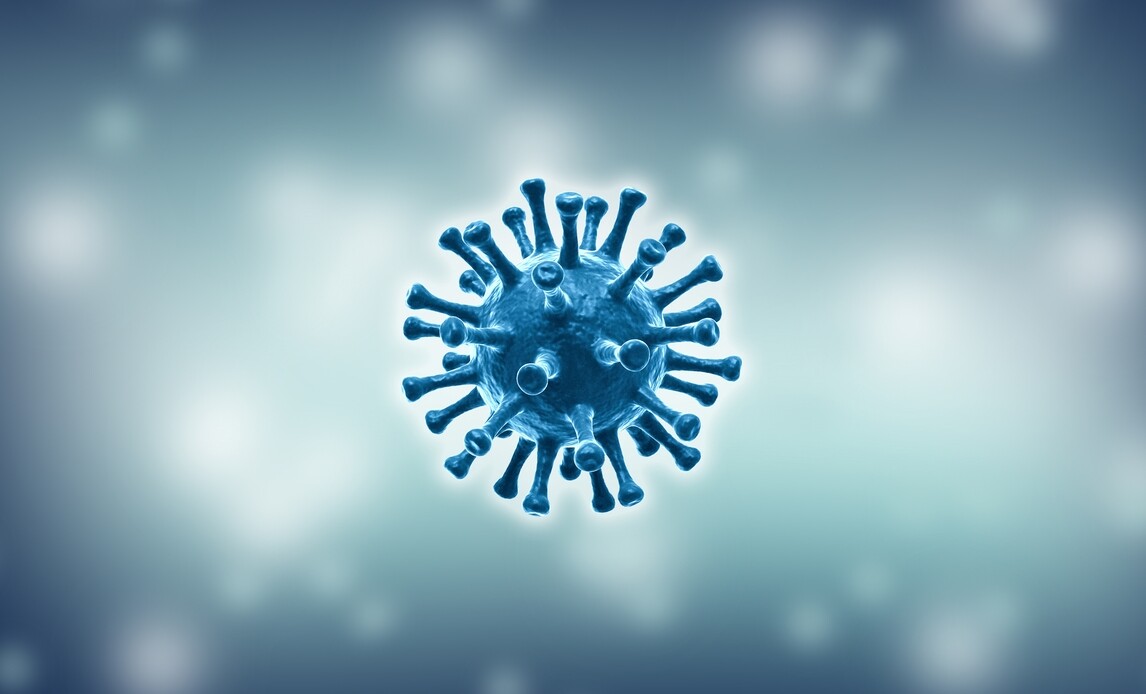Bacterial vs Viral Infection: What are the Key Differences?

Viral diseases and bacterial diseases both have a severe impact on health. However, the symptoms and treatment procedure is different for the diseases caused by bacteria and viruses. Moreover, diseases caused by bacteria and viruses do not respond to the same medications.
The article highlights the major distinctions on bacterial vs viral infections, the way the infections are transmitted, diagnosis, treatment and respective preventive measures.
Differences Between Viral and Bacterial Infection
Bacteria and viruses are too small for one to see without a microscope. Both these microbes cause a similar line of symptoms. However, they are different in multiple ways.
Refer to the table below to know the difference between viral diseases and bacterial infections or diseases.
|
Parameters |
Bacterial Infection |
Viral Infection |
|
Origin |
Bacterial disease results from a single-celled microorganism |
Viral diseases stem from infectious agents that are made of genetic components like RNA or DNA and enclosed in protein. |
|
Habitat |
Bacteria can be present inside or outside the human body |
Viruses feed from the body’s healthy cells. It even kills the host cell to replicate. |
|
Reproduction Method |
Bacteria reproduce by binary fission. |
A virus enters the cells of a living organism and jeopardises the machinery of the cell to replicate. |
|
Effects on Human Bodies |
Most bacteria do not cause any harm to the body. Only pathogenic bacteria cause diseases. |
Not all virus diseases are contagious. |
|
Treatment Methods |
Some bacterial infections can be treated with an antibiotic. |
Viral infections can be never treated with an antibiotic. In some cases, antiviral medications prove effective. |
What Is a Viral Disease?
Viruses are smaller than bacteria, and they have to depend on living hosts for survival. Virus contains genetic material enclosed in protein. Only by attaching themselves to the body cells, they can reproduce. Viruses reprogram body cells, causing them to make new viruses till they die. Under certain conditions, a virus can transform a normal cell into a cancerous one. A virus invades body cells and attacks cells present in the respiratory system, liver etc.
What Is a Bacterial Disease?
Bacterial diseases are caused by a single-celled microorganism that grows in different environmental conditions. There are certain pathogenic bacterias that lead to infections and diseases in humans. Usually, individuals contract a bacterial disease when bacteria enter their bodies and multiply themselves. Such bacteria release toxins, kill cells, multiply rapidly and dominate a particular region.
What Are the Symptoms of Viral Disease?
Individuals will develop the following key symptoms if they contract a viral disease:
- If the disease is caused by the influenza virus, antiviral medications will work well.
- With time, the fever descends.
- The fever makes one extremely uncomfortable; however, it has no dangerous consequences.
What Are the Symptoms of Bacterial Infections?
Here are the key symptoms of bacterial infections:
- Fever can rise to an exceptionally high level.
- Individuals can see the symptoms persisting over 10 to 14 days.
- In addition, fever can get worse rather than improve at all.
How to Get Bacterial and Viral Infections Diagnosed?
Besides knowing the differences between viral infection vs bacterial infection, one must also be aware of the process of how the diseases caused by these microbes are diagnosed. In case one has developed any viral or bacterial infection, one must reach out to the doctor. Initially, the human body responds in a similar manner to both bacterial and viral infections. However, as the symptoms become severe, the difference becomes apparent.
Either doctor performs a physical exam to diagnose the infection. Even they scrutinise the history of symptoms and medical condition, collect the mucus, urine, and saliva of the infected individual and send it for tests. Even the recent travel history of the individual is also scrutinised.
For instance, as viral diseases like chickenpox, measles etc., have prominent symptoms, these can be diagnosed with a physical examination. In addition, during any epidemic, doctors will definitely consider that while diagnosing any bacterial or viral disease.
Here are certain tests that medical professionals request the patients undergo:
- Enzyme-Linked Immunosorbent Assay (ELISA): ELISA proves beneficial in diagnosing infections and diseases caused by viruses.
- Electron Microscopy: Electron microscopy helps in detecting rare bacterial and viral diseases. This is a type of imaging where high resolution is used to detect it.
Both bacteria and viruses cause severe infections which can be easily transmitted from one person to another. While bacteria can sustain in a conceivable environment, viruses are parasitic in nature. Though the same treatment process and medication do not work for bacteria disease and viral diseases, they can be prevented by maintaining good hygiene. To gain an in-depth idea of bacterial vs viral infections, consider this article as a guide.
Explore Insurance Plans for You and Your Family
















